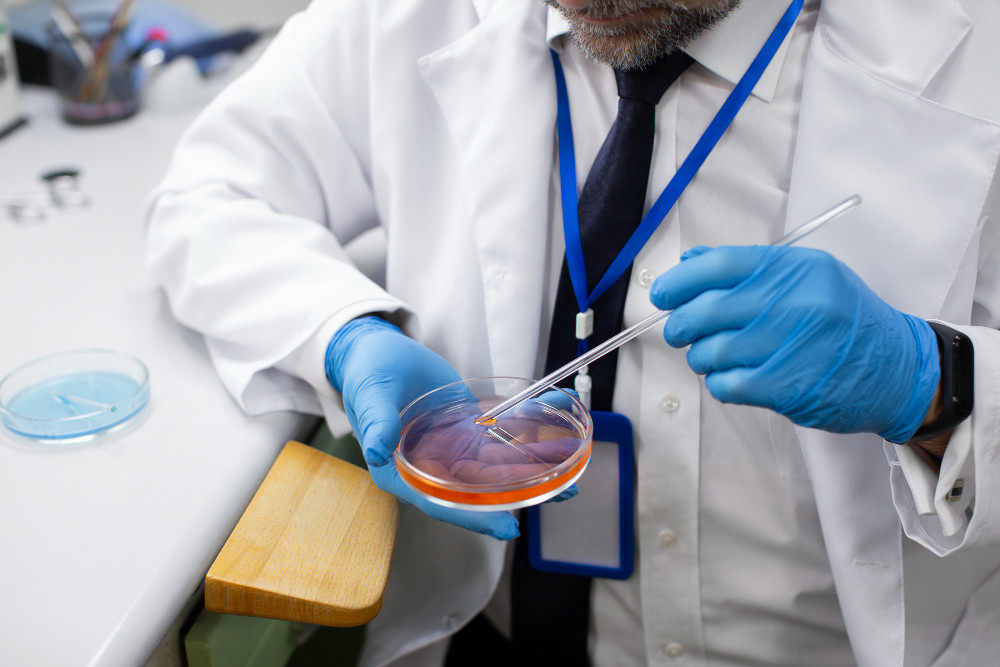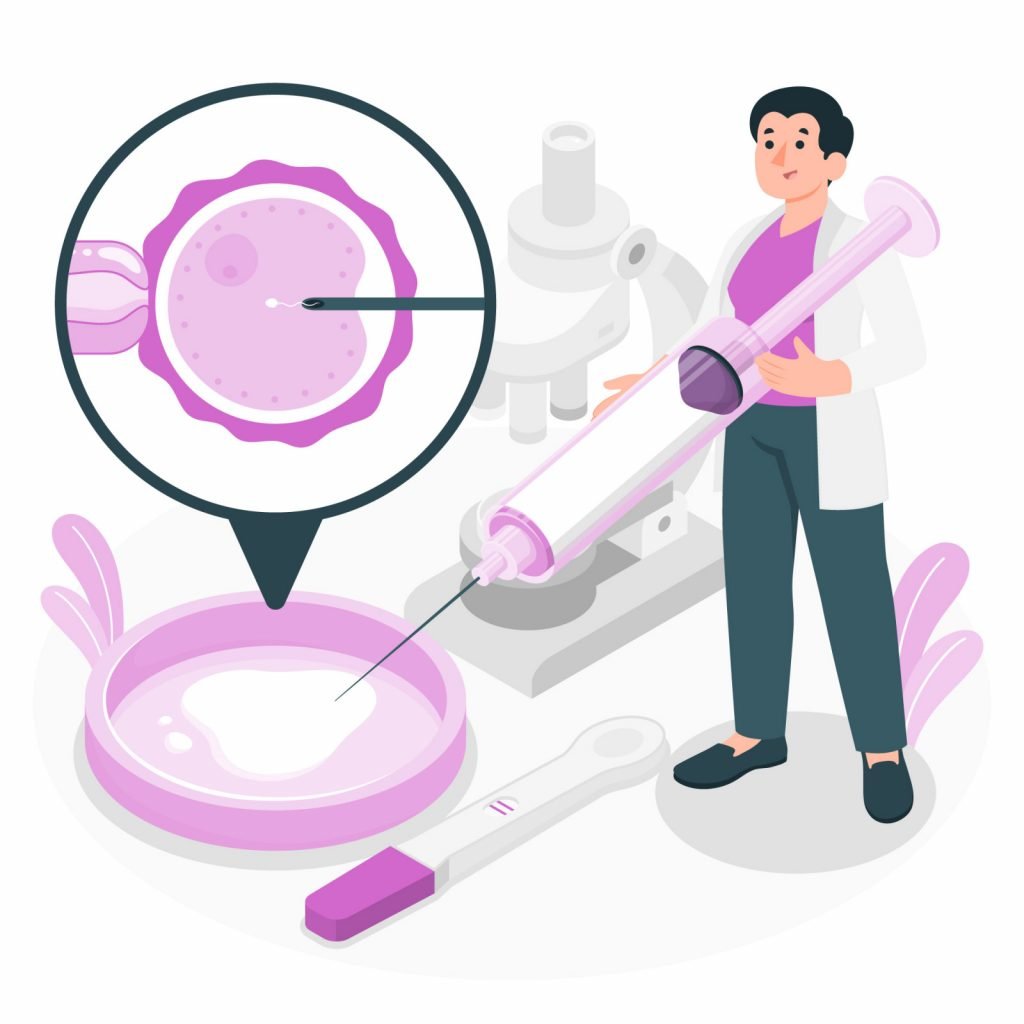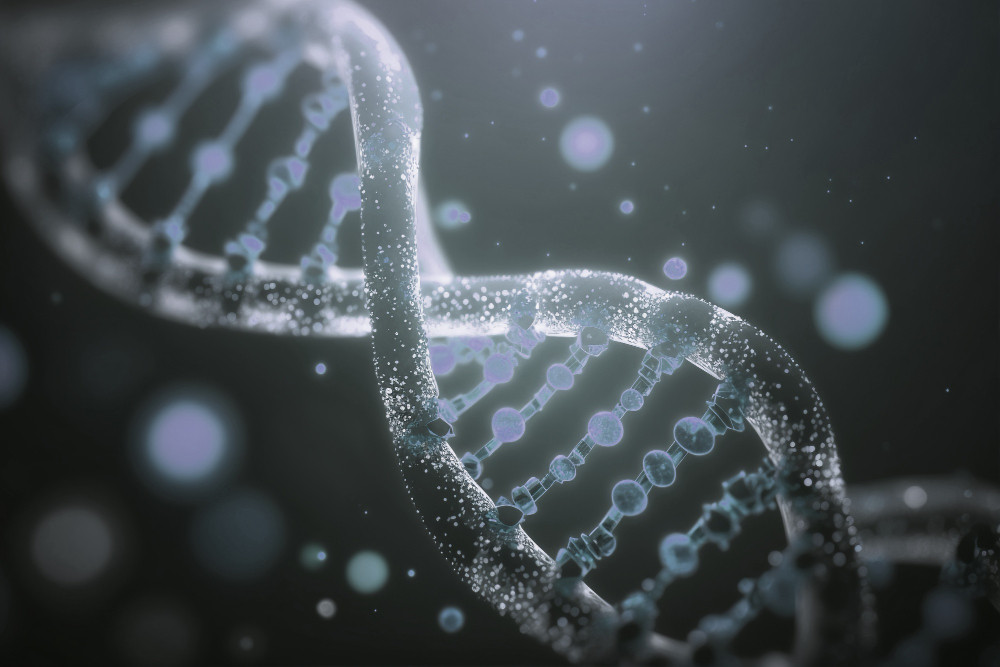10 Children with Cancer Linked to Sperm Donor Used by 67 Families

© Freepik
What changes are needed to reduce sperm donor genetic risks in the fertility industry?
Imagine choosing a sperm donor to start a family, trusting the process is safe, only to discover years later that your child faces a serious health risk. This is the reality for dozens of families across Europe.
A recent case revealed that a sperm donor unknowingly carried a rare genetic mutation linked to cancer, raising concerns about the safety and regulation of sperm donation.
This article explores the issue and why experts are calling for change.
Sperm Donor Genetic Risks

In 2008, a man donated sperm through the European Sperm Bank, which was used to conceive at least 67 children across eight countries.
Years later, two families contacted their fertility clinics when their children developed cancers like leukemia and non-Hodgkin lymphoma.
Tests revealed a rare mutation in the TP53 gene, which can cause Li-Fraumeni syndrome, a condition that significantly increases cancer risk.
Further investigation found that 23 of the 67 children carried this mutation, and 10 had already been diagnosed with cancer.
The donor, who remains healthy, had no idea he carried this mutation, as it wasn’t detectable with standard screening at the time.
This case highlights the challenges of identifying rare genetic risks in sperm donation.
The Need for Stricter Rules

The European Sperm Bank limits each donor to 75 families, but there’s no international law enforcing this. Dr. Edwige Kasper, a biologist from Rouen University Hospital in France, argues for a Europe-wide cap on the number of families per donor to prevent the widespread spread of genetic diseases.
Tracing so many families across different countries is difficult, especially when a serious medical issue arises. Experts also call for better tracking systems to inform families quickly if a problem is found.
The lack of global standards means some donors’ sperm is used far more widely than others, increasing risks.
Learning from the Past

This isn’t the first time sperm donation has raised concerns. In 2019, a U.S. case revealed 12 children conceived from one donor all had autism spectrum disorders, prompting questions about oversight.
Another case involved a donor who fathered 17 children against his agreement, showing how loosely regulated the industry can be.
These incidents underline the need for improved genetic screening and limits on donor use. While sperm banks test donors thoroughly, rare mutations like TP53 can slip through, especially if they weren’t linked to diseases at the time of donation.
Advances in DNA testing have made it easier to uncover these issues, but they also show how much work is still needed to protect families.
Moving Forward

The sperm donation industry helps many people build families, but cases like this show its risks. Families affected by the TP53 mutation are now advised to monitor their children with regular MRI scans and ultrasounds.
Meanwhile, experts urge sperm banks to improve genetic testing and set stricter limits on donor use. The European Sperm Bank has expressed regret and supports calls for international rules.
By learning from these cases, the industry can better protect future generations. This story reminds us that while science offers hope, it also demands responsibility.
You might also want to read: Sperm Stem Cell Therapy Is Taking a Swing at Infertility


